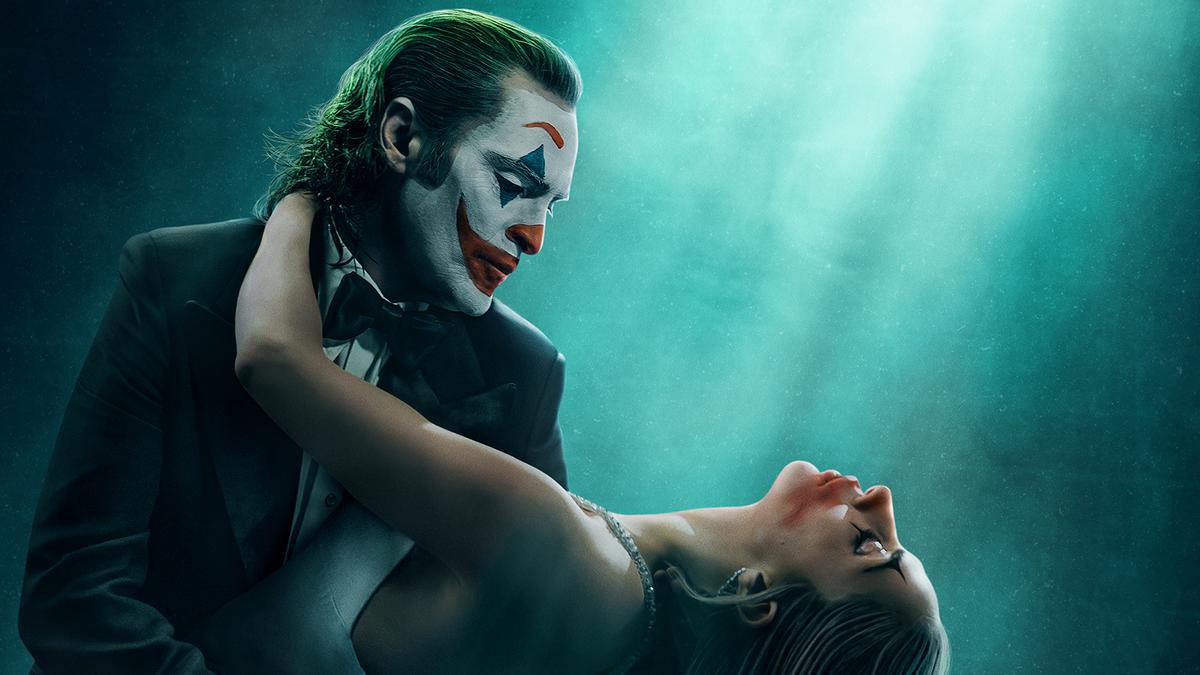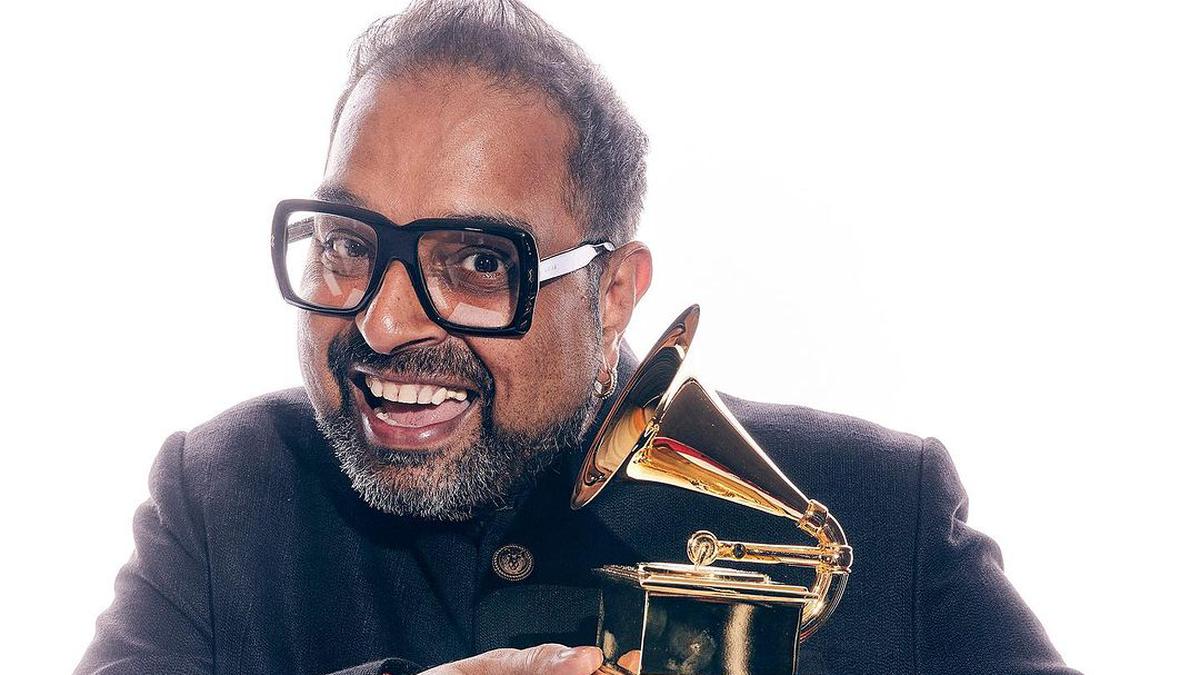A lot of things can happen over a coffee break. In music composer Ramesh Vinayakam’s case, it certainly did.
At the Goethe Institute in Chennai, the composer was speaking with Sebastian Grams, double bass player, and Jeremy Woodruff, now in Graz University, over a coffee break when he launched into a Carnatic kriti. He sang phrases from ‘Thiruvarul thara varuvai’ and asked if it sounded familiar.
“It’s beautiful. The end sounds familiar, but we can’t put our finger on it,” they said.
It was a little musical puzzle that Ramesh had conjoured, and the climax blew the visitors away. The kriti has the same notes as Ludwig van Beethoven’s popular ‘Fur Elise’, which they discovered to great astonishment. “To me, it proved something I believe in: the oneness of music,” says Ramesh, about his musical experiment, which he recorded and posted on YouTube recently.
‘Thiruvarul thara vVaruvai’ is based on a raga that Ramesh calls ‘Beethovanapriya’ and is inspired by a simple idea: what if Beethoven was born in South India?
“This hypothesis lead me to ‘Thiruvarul thara varuvai’ where I used the melodic elements of the first section in A minor and stuck to it,” he recalls, “Beethoven was a great inventor and I reckon he would have been enamoured by the intricate microtonal gamakas of Indian music that beautifies his own music differently.”
‘Thiruvarul thara varuvai’ was performed by Ramesh during a lec-dem at the December music season soon after its conception, but in 2018, Carnatic musician Abhisekh Raghuram sang it accompanied by Mylai Karthikeyan (nagaswaram) and L. Ramakrishnan (violin), an attempt that met with rapturous applause.
Ramesh has, in the course of his musical career, created ten ragas, including Prathidwani, Madya Mohanam and Dwi Niroshtra, among others. He’s in the process of creating a raga that uses microtonal swarasthana called Sruti Ranjani. “To me, inventing a raga is a natural process in the evolution of Indian music. All the ragas that are in vogue now never existed at the very beginning. We also do not know how they evolved, whether as a scale or from a phrase or from an emotive lyrical thought that was expressed through a musical idea which sparked an expansion into a raga. So, a raga cannot be a discovery, as some people have assumed it to be,” says Ramesh.
Even as he works on newer compositions, the composer is kicked about his passion project, the Gamaka Box Notation System (GBNS), a structured Indian music learning tool that enables conceptual learning of complex ideas. GBNS is at the core of Music Temple, a music technology company that IIT Madras has incubated. Ramesh, who is also well known in the film music fraternity thanks to hits such as ‘Vizhigalil’ (Azhagiya Theeye), ‘Enna Idhu’ (Nala Damayanthi) and his work in Ramanujan among others,is also looking at taking up more film music work. “I am looking forward to doing a lot more movies and create new music. I believe that music is the manifestation of divinity that is already present in man.”


.jpg)
